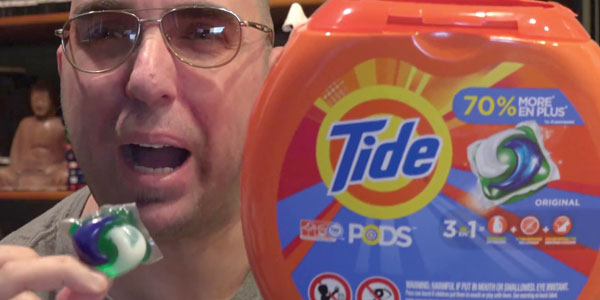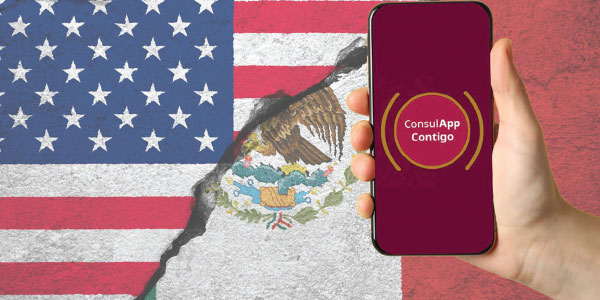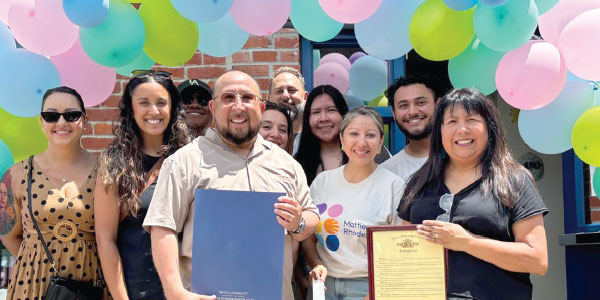
Commentary by Carey Juez-Perez, Licensed Professional Social Worker
A few news reports show the need for parents to be more involved in their children’s online viewing habits.
More than 300 hours of videos are uploaded to YouTube every minute. Unfortunately, some of them are inappropriate, even disturbing – especially for young people. Recently, for example, teens have posted videos of themselves engaging in the “Tide Pod Challenge,” where they intentionally eat laundry soap pods.
According to CNN, within the first 15 days of 2018, poison control centers in the United States had received 39 calls related to the dangerous challenge. Since 2016, they’ve received more than 130. With the challenge gaining popularity, the American Association of Poison Control Center recently released an alert to inform the public of the dangers of ingesting laundry soap. Consequences include seizures, respiratory arrest and death.
But the disturbing videos go beyond the “Tide Pod Challenge.” Recently, “YouTube celebrity” Logan Paul posted a video of a suicide victim hanging from a tree in a Japanese forest. Millions of people saw it before the “celebrity” deleted it, including children and teens.
Furthermore, in late December 2017, the British newspaper The Times reported that pedophiles are using YouTube to “showcase abused children.” Some of the videos reportedly show children licking their lips, twerking and dancing.
Although YouTube deletes inappropriate videos, many people are advocating for tighter monitoring and rules. Ultimately, however, the responsibility for educating children on internet safety and monitoring children’s internet activities rests with their parents.
Some disturbing news stories have provided painful reminders of that.
_______________________________________________________________________
Los peligrosos videos en youtube demuestran la importancia de la supervisión de los padres
Algunos informes de noticias muestran la necesidad de que los padres participen más en los hábitos de visualización en línea de sus hijos.
Se cargan más de 300 horas de videos en YouTube cada minuto. Desafortunadamente, algunos de ellos son inapropiados, incluso molestos, especialmente para los jóvenes. Recientemente, por ejemplo, los adolescentes han publicado videos de ellos mismos participando en el “Tide Pod Challenge”, donde intencionalmente comen capsulas de jabón para lavar la ropa.
Según CNN, dentro de los primeros 15 días de 2018, los centros de control de envenenamiento en los Estados Unidos habían recibido 39 llamadas relacionadas con el peligroso desafío. Desde 2016, han recibido más de 130. Con el desafío ganando popularidad, la Asociación Estadounidense de Centros de Control de Envenenamientos lanzó recientemente una alerta para informar al público sobre los peligros de ingerir jabón para lavar la ropa. Las consecuencias incluyen convulsiones, paro respiratorio y muerte.
Pero los molestos videos van más allá del “Tide Pod Challenge”. Recientemente, “la celebridad de YouTube” Logan Paul publicó un video de una víctima de suicidio colgada de un árbol en un bosque japonés. Millones de personas lo vieron antes de que la “celebridad” lo eliminara, incluidos niños y adolescentes.
Además, a fines de diciembre de 2017, el periódico británico The Times informó que los pedófilos están usando YouTube para “mostrar a los niños maltratados”. Algunos de los videos muestran, según los informes, niños lamiéndose los labios, twerking y bailando.
Aunque YouTube elimina videos inapropiados, muchas personas abogan por un control y reglas más estrictas. Sin embargo, en última instancia, la responsabilidad de educar a los niños sobre la seguridad en Internet y supervisar las actividades de Internet de los niños recae en sus padres.
Algunas noticias inquietantes han proporcionado dolorosos recordatorios de eso.










